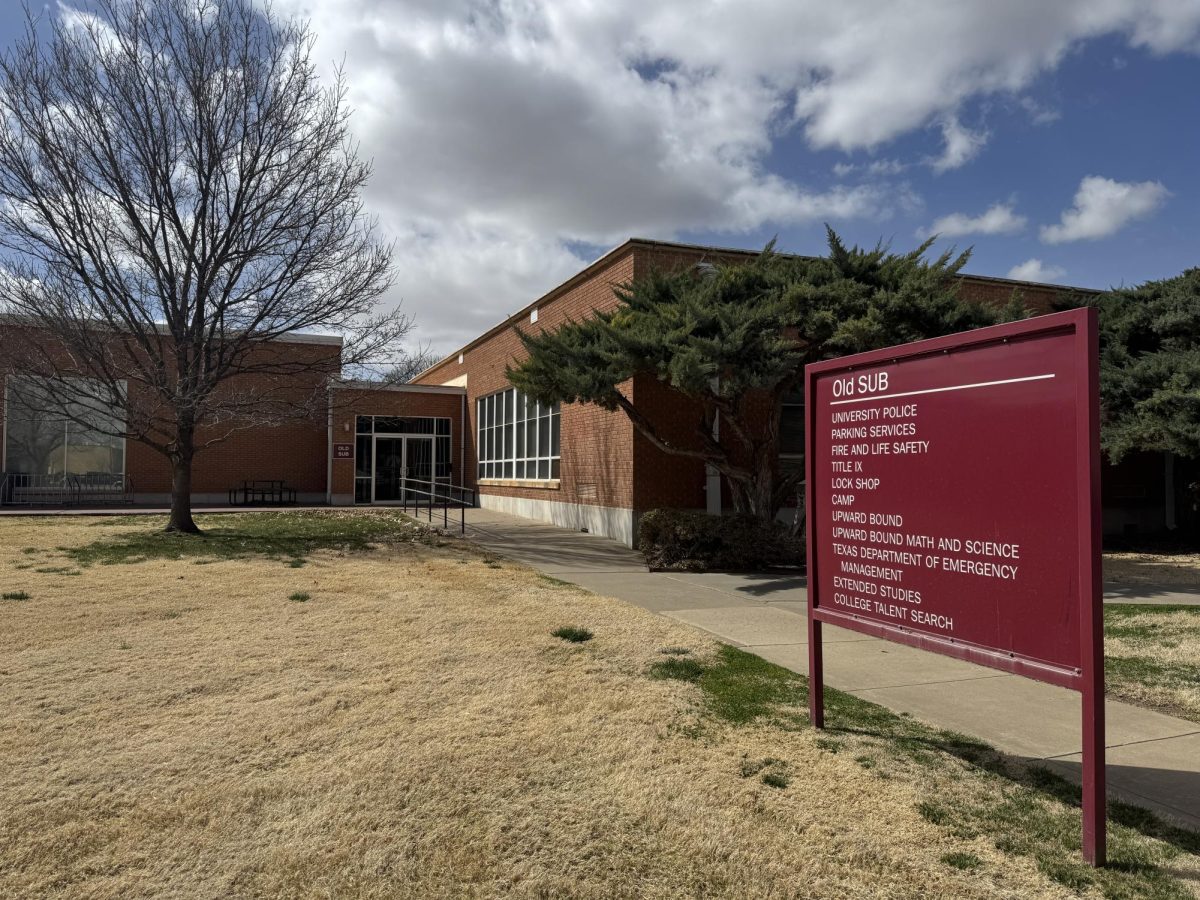The Viral Video “Kony 2012” became a trend across social media during the past month with 86,723,160 views on YouTube and 17,800,000 on Vimeo as of April 3. According to Pew Research there were nearly five million tweets about the video a week after it was published on March 5.
Dr. Nick Gerlich, department head of Management, Marketing and Business at WTAMU, said despite the latest criticism about the campaign, which ranges from sketchy finances to simplifying the issue, the marketing strategy of the video shows the effectiveness of social media.
“Jason Russell [co-founder of Invisible Children and director of the “Kony 2012” video] has done everything right even though what he is doing may be wrong,” he said. “He has leveraged social media so well it is almost a textbook example of how to do it.”
The half-hour documentary raises awareness of Joseph Kony, leader of the Lord’s Resistance Army (LRA) in Uganda and nearby countries.
“He kidnaps children in the middle of the night and he forces the boys to become soldiers and the girls to become sex slaves,” Allie Jones, co-organizer of the Kony 2012 event in Canyon, Texas, said.Jones started the group with the help of Bethany Johnson, a freshman Musical Theater major. Jones said the purpose of the group and the “Kony 2012” video is to raise awareness about Joseph Kony and make him famous.
“We don’t want him to be famous like a celebrity, like people idolize him, but famous so people know who he is,” she said.
Another component of this campaign is to place posters around the Canyon and Amarillo area.
“What is supposed to happen is that when the sun goes down we start putting posters on every corner, everywhere you can possibly think of, just so his [Joseph Kony’s] face gets everywhere so when people wake up the next morning they will go ‘who is this,’” Jones said.
Although the event will occur on April 20 at night across the country, posters will be placed in Canyon and Amarillo the following morning.
“We just want people to be aware and we want to do it in a peaceful way,” Jones said. “If people see posters up and they are not happy feel free to contact me or Bethany and we will formally apologize because that is not the idea.”
The “Kony 2012” video advocates using force to capture Kony and try him before the International Criminal Court for war crimes. Gerlich said the video is a subtle and slick marketing campaign.
“He [Russell] uses 25 minutes of this video to tell you about how bad things are in Uganda, small children who wish they were dead, the tragedy of kidnapping children and giving them guns and having them go out there and kill people,” he said. “Then he turns the corner and he starts to talk about how he is mobilizing people, trying to influence Washington, the President, senators, congress people and so forth.
Gerlich said the video leads the audience to the point of convincing them of buying the product.
“And then he says ‘but you too can play a role,’” he said. “Jason Russell has done a great job of putting together an emotional appeal to get people swept up into this movement.”
Research from the Pew Internet and American Life Project reveals people between the ages of 18-29 were more likely to have heard about the “Kony 2012” video and to have learned about it through social media than older adults. Researchers conducted a national phone survey in the days following the release of the video. It shows 58 percent of young adults said they heard about the video. This compares with 20 percent of people ages 30-49 who heard about it, 18 percent of those between 50-64 and 19 percent of those 65 or older.
According to the research, 27 percent of young adults first heard about it through social media such as Facebook or Twitter. Another eight percent learned about it via other internet sources. “The Internet was more than three times more important as a news-learning platform for young adults than traditional media such as television, newspapers, and radio.”
Despite people’s initial positive comments about the video, skepticism soon arose through social media.
“The first two days after the video was online, when attention on Twitter was relatively modest, 77 percent of the Twitter conversation was supportive compared with only seven percent that was skeptical or negative. Since March 7, when the response picked up dramatically, the percentage of tweets reflecting skepticism or criticism rose to 17 percent,” according to the research.
One of the most popular critics of the viral video is a Tumblr blog called Visible Children. The blog, written by Grant Oyston, a political science and sociology student at Acadia University in Wolfville, Nova Scotia, Canada, became a hit after being one of the first critics of the “Kony 2012” video.
“I wrote about the Kony 2012 campaign because at the time, little attention was being given to the critical responses that Invisible Children has generated, and I felt that these voices needed to be heard,” he said in an interview with Reply Magazine. “Nothing qualifies me to write about central African conflict other than a keen interest, which is why my blog is primarily a cited discussion of qualified people’s opinions.”
One of the criticisms Oyston’s blog shows is the finances of the Invisible Children organization. As a non-profit organization, Invisible Children’s finances are public and show that only 32 percent ($8,676,614) is spent on direct services. All the rest goes to staff salaries, travel and film production.
However, Jones said Invisible Children founders devote all their energy to the organization, which would not be possible if they needed another job to support themselves.
“If you want people to be devoted completely to Invisible Children, they need to get a pay check too,” she said.
Another common criticism is the simplification and exaggerations of the video. On Nov. 15, Foreign Affairs magazine reported about the LRA and said organizations like Invisible Children have misinterpreted information.
“In their campaigns, such organizations have manipulated facts for strategic purposes, exaggerating the scale of LRA abductions and murders and emphasizing the LRA’s use of innocent children as soldiers, and portraying Kony” as an “embodiment of evil,” according to Foreign Affairs.
Similarly, a blog posted by Michael Wilkerson, former Foreign Policy intern and grad student at Oxford who has reported and lived in Uganda, said Kony is not even living in Uganda anymore.
“But let’s get two things straight,” he wrote. “Joseph Kony is not in Uganda and hasn’t been for six years. The LRA now numbers at most in the hundreds, and while it is still causing immense suffering, it is unclear how millions of well-meaning but misinformed people are going to help deal with the more complicated reality.”
Gerlich said although “Kony 2012” can be factually questioned, it is a marketing success thanks to its use of social media.
“[Russell] has utilized social media to his advantage so while I am critical of it from the fact that he is just selling stuff, he has done a great job doing it,” Gerlich said.







